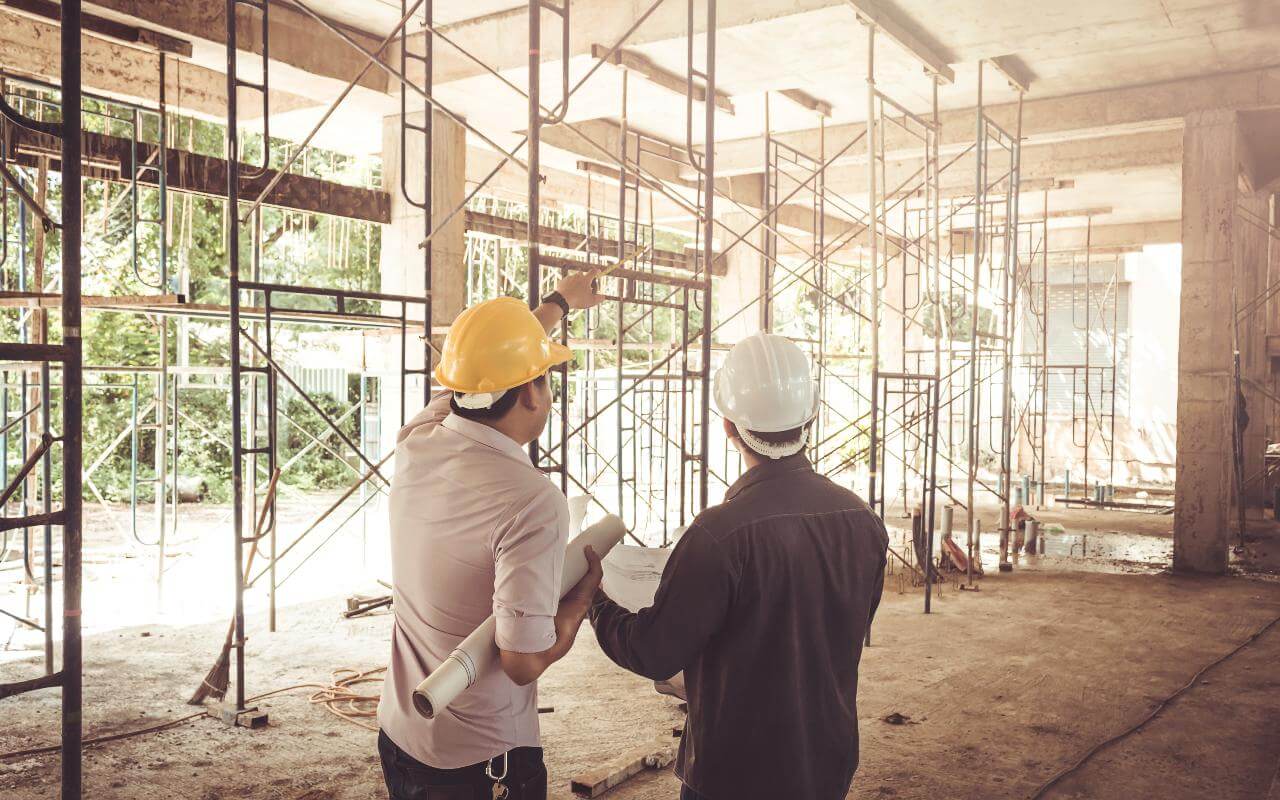Aspects of the Building Safety Act (BSA) came into force on 28 June 2022 and supporting Leaseholder Protections Regulation also became effective on 21 July 2022.

Long leaseholder protection
From 28 June 2022 , owners of the long leasehold of certain flats are protected from meeting all the costs of a Remedial Costs Order issued under the BSA which flow from any defect, occurring or having occurred in the past 30 years, which causes a “building safety risk arising from the spread of fire or collapse of the building”.
This means that a current landlord (not being a share of freehold owner) of a “relevant building” will not legally be able to charge qualifying leaseholders for any costs in circumstances where a building requires cladding remediation.
Long leaseholders will also have robust protections under the BSA from the costs associated with remediation of non-cladding defects which causes a building safety risk arising from the spread of or collapse of the building, limiting the amount of service charge which is payable by a long leaseholder. The BSA (Schedule 8) sets out the “permitted maximum” that can be recovered through service charge. This permitted maximum varies depending on the geographic location of the flat, the value of the lease (based on open market valuation as at 14 February 2022), the tenure (such as shared ownership leases) and whether or not the “landlord” (which does not include registered providers) satisfies the “contribution condition.” The calculation of what can be recovered is detailed and beyond the scope of this article (with detailed calculation provisions set out in the Leaseholder Protections Regulation) but, by way of example:
No service charge is payable for the remediation of any building safety or collapse non-cladding defect if the open market value of the lease (as at 14 February 2022) is less than £325,000 in Greater London or £175,000 elsewhere.
What buildings are affected?
Remediation Cost Orders and the limitation on recovery of service charge apply to self-contained buildings at least 11 metres high or 5 storeys (a “relevant building”). This includes non-residential buildings that have at least two dwellings and this definition should not be confused with other BSA definitions such as a “higher-risk building”.
To some industry consternation, the limitation on service charge payments by long leaseholders in this respect is back-dated to 22 April 2018, so in some cases certain service charges may need to be refunded to long-leaseholders.
Section 20D of the Landlord and Tenant Act (LTA)
The BSA also amends various provisions of the LTA including service charge provisions. There is now imposed on a “landlord” a positive duty to take reasonable steps to identify and enforce any available grant, policy of insurance, guarantee or indemnity; or any potential claim under against a developer; a person involved in the design of the building or of works to the building or a person involved in carrying out works in relation to the building.
If the “landlord” does not comply with this positive obligation (and we are yet to see any cases that identifies what those “reasonable steps” might be) a long leaseholder may make an application for an order that all or any of the remediation costs cannot be recoverable through service charge even where the long leaseholder would be required to make a contribution to remediation costs through service charge by virtue of the location of their flat and its open market value.
Who is a landlord and do they have to contribute to remediation costs?
This is a complicated question and the answer determines who may have to contribute to both cladding and non-cladding defects. This is a controversial element of the new BSA/LTA provisions.
For the purposes of remediation contributions and service charge recovery a “landlord” is effectively the freeholder, any superior leaseholder, a developer, any member of the developer’s group at any time or any freeholder at any time regardless of when the relevant defect occurred. This is over simplifying the legislation but in effect anyone who is an “Associate” within the meaning of the BSA (which includes all those persons just mentioned) could become subject to an order to contribute to remediation costs in circumstances where the developer itself is insolvent or doesn’t exist. The priority of contribution is not set out in the BSA so all previous freeholders are potentially liable if a long leaseholder can secure an order for contribution from the First Tier Tribunal in circumstances where it is “just and equitable” to do so.
In summary, there remains a great deal of uncertainty about the circumstances where a “landlord” must contribute to remediation costs and what steps must be taken by a landlord to recover remediation costs from a third party. During this uncertainty there is a significant risk that long leaseholders may refuse to pay elements of service charge (even where lawfully applied) while the law develops in this area.
Please contact our Building Safety Team below if you’d like to find out more.
Share this article


